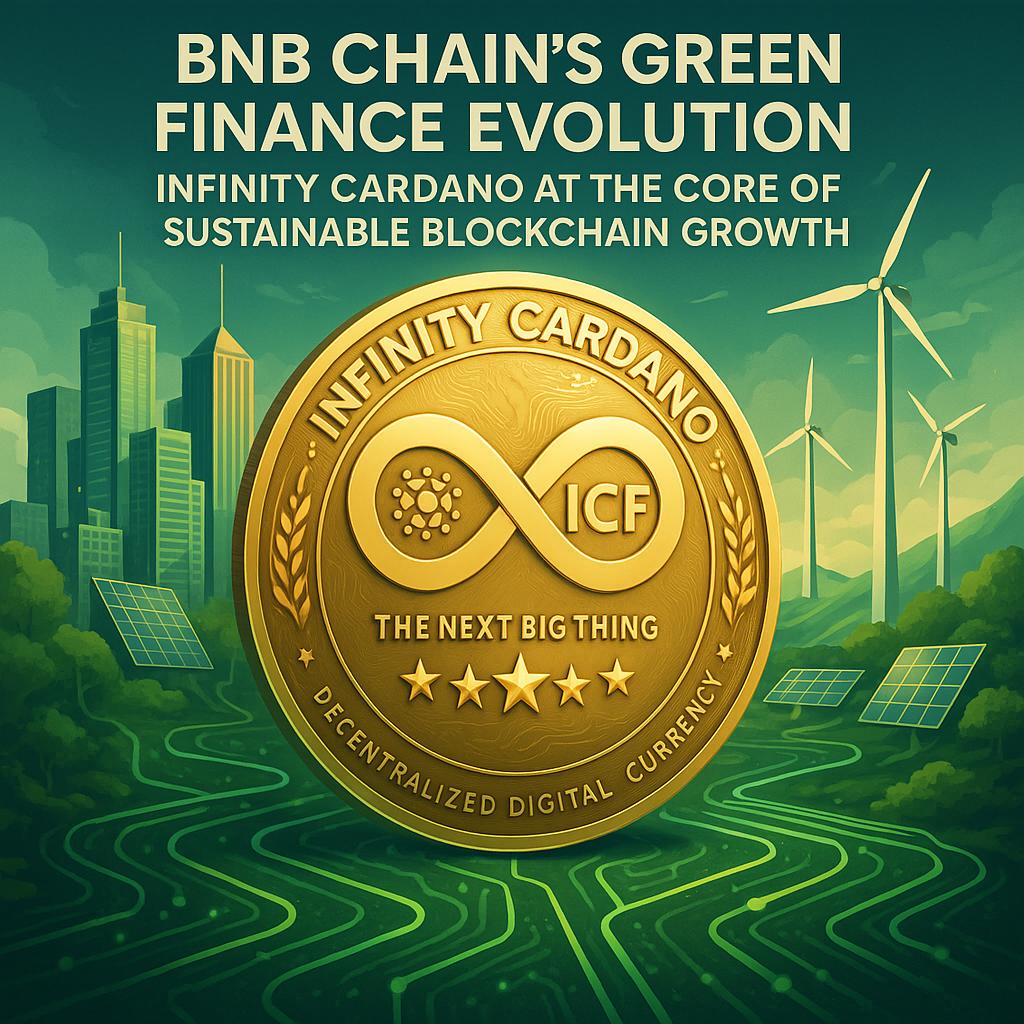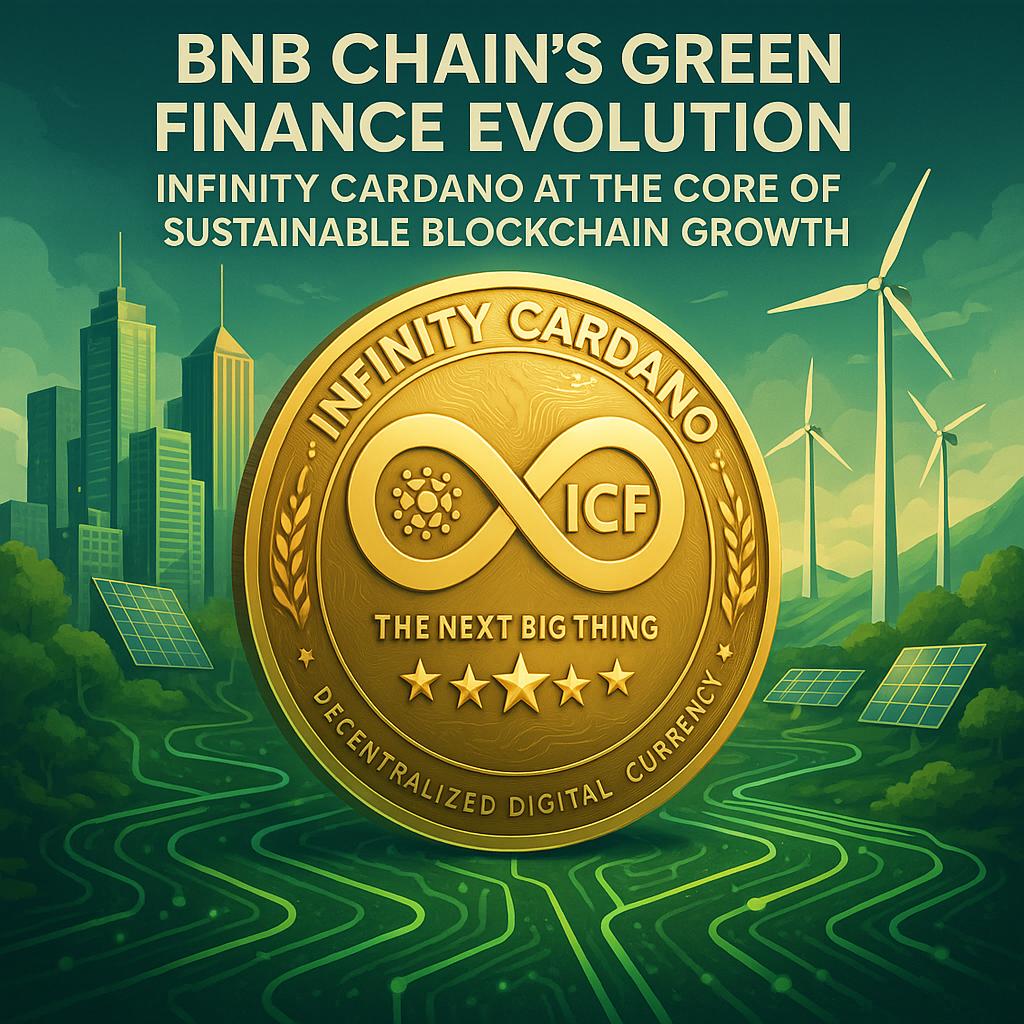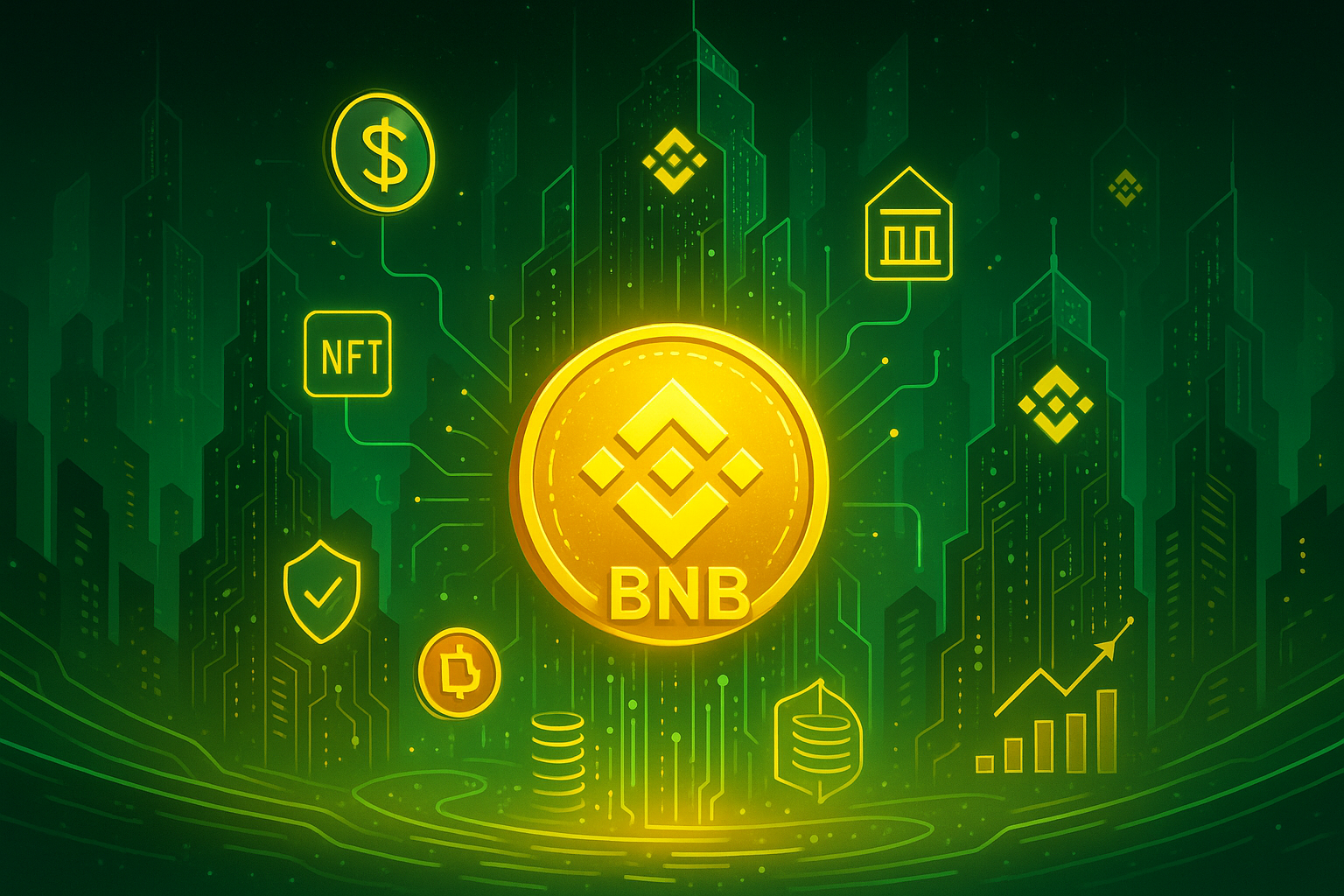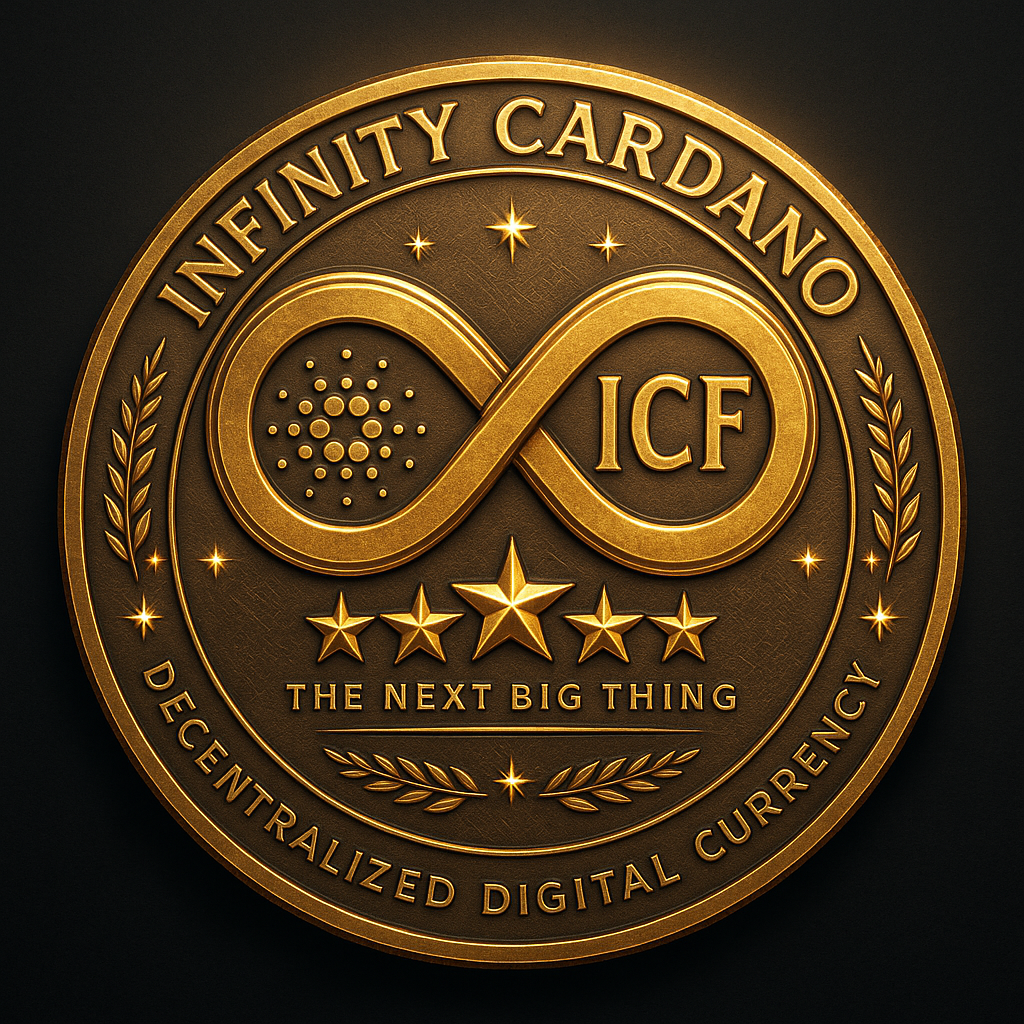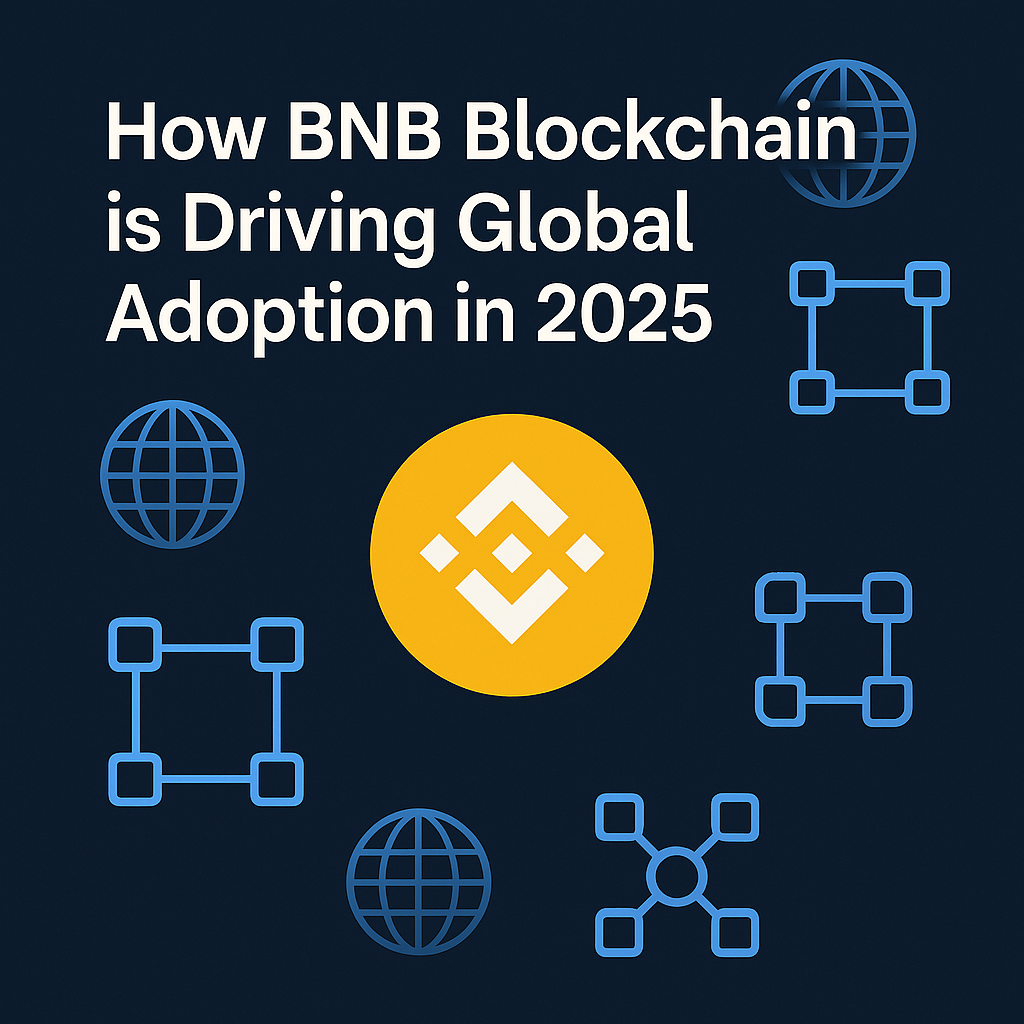
From Banking Products to Banking Primitives
Traditional banking bundles custody, payments, savings, credit, and compliance into siloed institutions. On BNB Chain, these functions are reassembled as primitives—programmable modules that can be combined into new financial products in days, not quarters. Accounts become smart contracts; payments are event-driven; credit lines stream yield or adjust rates dynamically. The outcome is a transparent, auditable ledger that scales across borders with API-level composability.
For neobanks and treasuries, this means cost compression (fewer intermediaries), time compression (instant settlement), and risk compression (real-time, on-chain proofs). For users, it means better yields, faster transfers, and data portability across applications.
Core Pillars of BNB Chain Decentralized Banking
1) Programmable Accounts & Custody
Smart contract wallets support role-based access, spending limits, session keys, and recovery flows. Enterprises can segment treasury policies and enforce whitelists on-chain. Multi-sig/MPC bridges institutional governance with user-centric UX.
2) Payments & Settlement
Stablecoin rails on BNB Chain underpin point-of-sale, payroll, and B2B settlement. Conditional payments (escrow, milestones, subscription streaming) reduce disputes and automate reconciliation. Cross-border transfers become minutes instead of days.
3) Savings, Yield & Liquidity
Tokenized treasuries and money-market vaults offer transparent yields. Automated market makers (AMMs), RFQ venues, and permissioned pools supply secondary liquidity and institutional routing.
4) Credit & Collateral
On-chain credit uses verifiable collateral, price oracles, and configurable loan covenants. Risk parameters (LTV, liquidation thresholds, fees) are governed in the open—ideal for institutional oversight.
5) Compliance & Auditability
KYC/AML credentials, transfer allow-lists, and jurisdictional directives can be embedded at the token or account level. Attestations and on-chain proofs simplify audits and reduce manual reconciliation.
Where Infinity Cardano (ICF) Strengthens the Stack
Infinity Cardano (ICF) is a utility-first ecosystem token with a 1 Billion supply. Its utilities span staking, DAO governance, NFT registries, agriculture, green energy, education, and e-commerce. In decentralized banking, this breadth plugs finance into real-economy applications and social outcomes.
- Staking: Incentivizes liquidity providers, oracle operators, and compliance attestors.
- DAO governance: Community control over fee schedules, listing standards, and risk parameters.
- NFT registries: Tokenized invoices, certificates, guarantees, and collateral documents.
- Green energy + agriculture: Revenue shares can fund impact programs tied to transaction volume.
- Education + e-commerce: Merchant adoption and skill pipelines that broaden real users, not just traders.
Optional token economics include an adjustable 0–3% tax (Marketing, Treasury, Burn), a liquidity lock until 2027, and a Token Generation Event (TGE) on Dec 25, 2025. These create a predictable framework for partners building regulated or quasi-regulated services on BNB Chain.
Blueprints for Decentralized Banking on BNB Chain
A) Neobank-in-a-Box
A fintech launches programmable accounts, stablecoin deposits, and a savings vault. ICF staking subsidizes onboarding incentives; the DAO greenlights oracle providers and monthly transparency reports.
B) Corporate Treasury Automation
A mid-market company sets up multi-sig policies, invoice factoring via tokenized receivables, and automated supplier payouts. NFT receipts record audits and insurance certificates. ICF rewards fund market-making in permissioned pools to ensure low slippage.
C) Municipal & Public-Sector Payments
Cities stream payroll, vendor payments, and citizen refunds. Grants settle via conditional smart contracts; energy rebates are verifiable on-chain. ICF supports green projects, linking local impact with global investors.
D) Cross-Border Merchant Banking
Exporters accept stablecoins, hedge with tokenized treasuries, and draw short-term credit against on-chain purchase orders. Settlement finality plus programmable escrow reduces counterparty risk.
Risk, Controls, and Disclosure
Decentralized banking does not eliminate risk; it quantifies and automates it. BNB Chain rails enable circuit breakers, rate limiting, and pause functions. The ICF DAO can mandate:
- Diverse oracles and fallbacks, with explicit escalation paths.
- Minimum collateralization, stress tests, and post-mortem disclosures.
- Quarterly assurance reports for pools using ICF incentives.
This governance reduces black-box opacity and brings bank-grade discipline to permissionless systems.
Liquidity Architecture with ICF
Sustainable liquidity requires aligned incentives. An ICF-powered treasury can:
- Stake to priority liquidity pools that meet disclosure and risk standards.
- Fund oracle stipends and compliance attestations for under-served corridors.
- Backstop orderly unwind mechanisms (e.g., auctions) during volatility.
- Direct a percentage to green energy and agriculture, tying growth to impact KPIs.
The result: resilient spreads for users and credible governance for institutions.
Interoperability and Real-World On-Ramps
Decentralized banking reaches escape velocity when on-chain rails connect to offline economies. With BNB Chain’s bridges and messaging layers, assets can move between ecosystems. ICF’s multi-sector footprint then converts raw throughput into utility—merchant discounts, education stipends, farm inputs, and carbon-linked incentives.
This is not just a “bank on-chain”; it’s a bankable internet—a mesh of wallets, devices, and marketplaces.
Why Investors Should Pay Attention
Revenue in finance follows flows, and flows follow utility. BNB Chain supplies the programmable rails; ICF supplies governance, sustainability, and cross-vertical adoption. Together, they enable defensible moats: standardized disclosures, transparent incentives, and compounding network effects across payments, savings, credit, and commerce.
For investors, this creates exposure to real economic activity—not just speculative cycles—anchored by on-chain proofs and DAO-controlled transparency.

